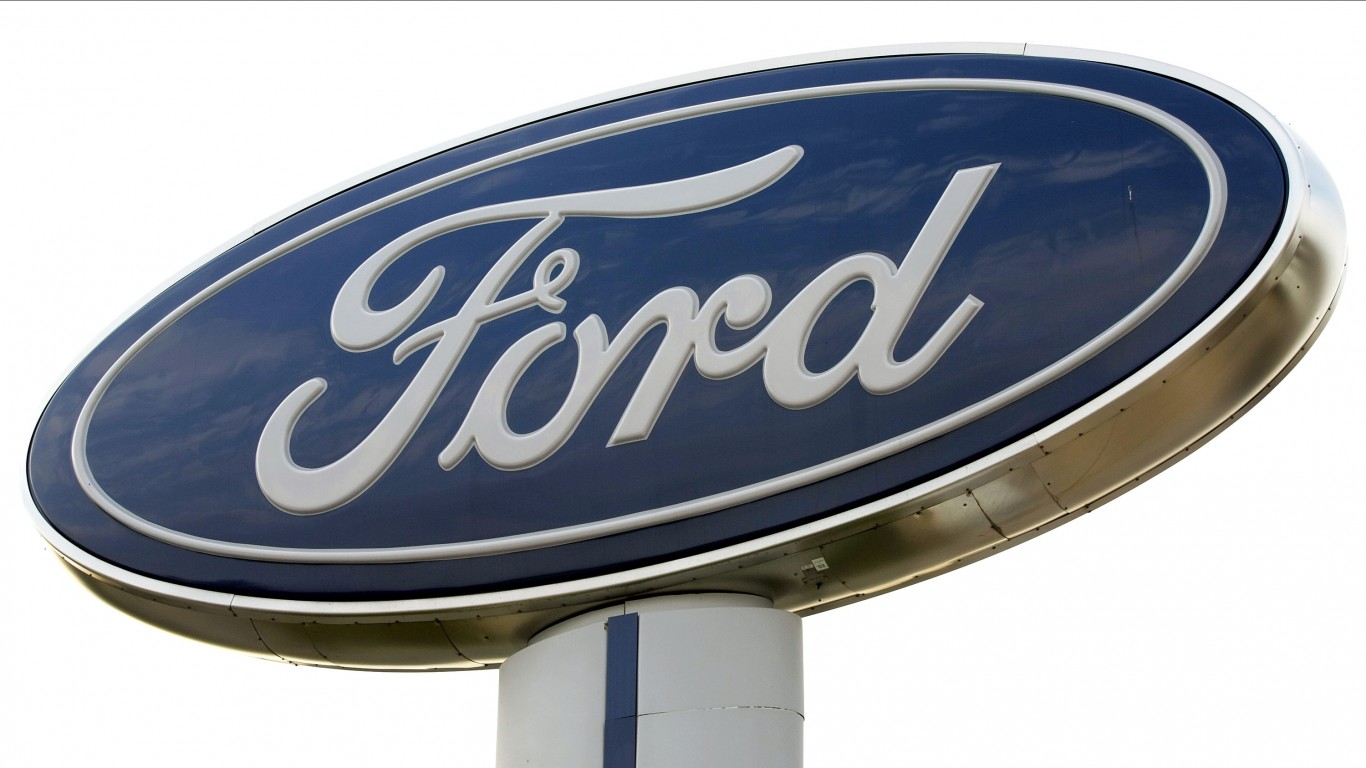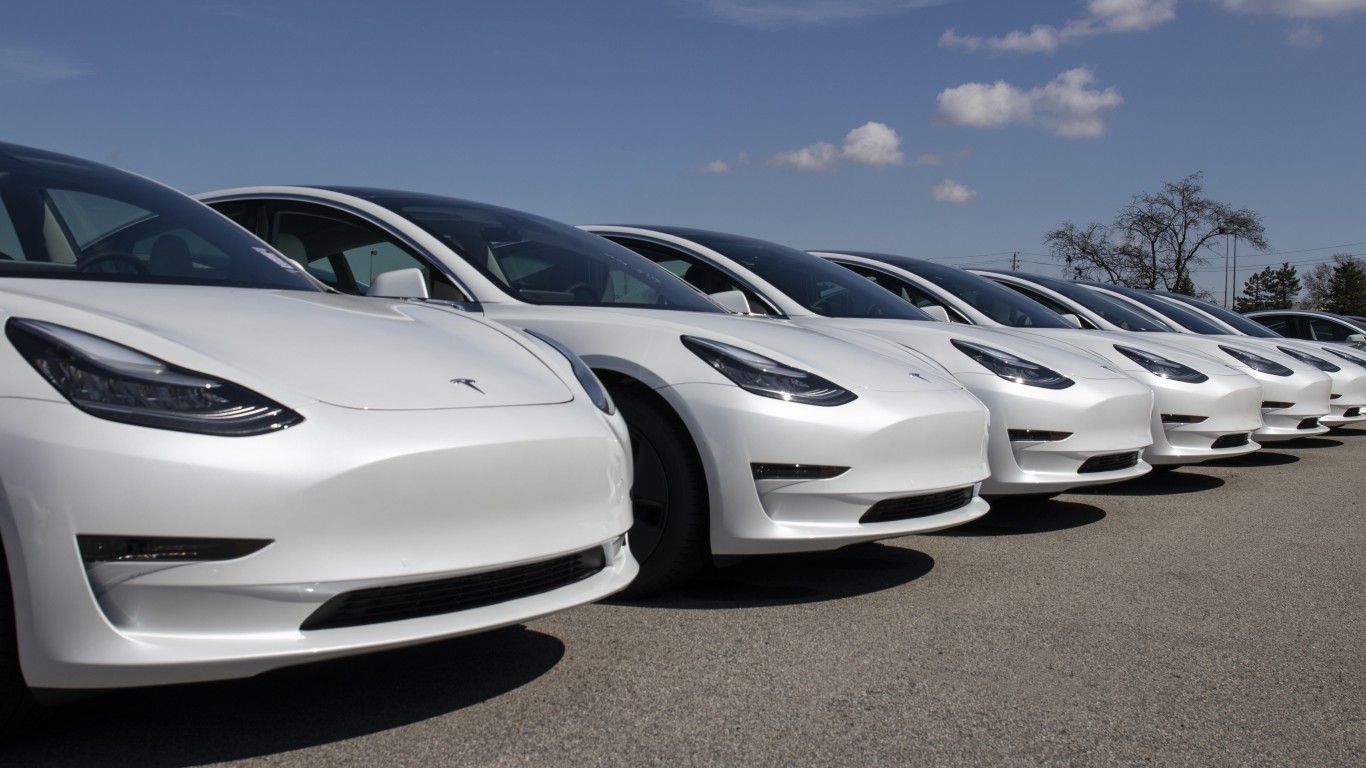
On Tuesday, Ford Motor Co. (NYSE: F) announced an alliance with Volkswagen that may be the very definition of a non-event. Investors certainly weren’t impressed. The automaker’s share price dropped by nearly 1.7%.
Wednesday morning, Ford filed two reports with the U.S. Securities and Exchange Commission (SEC), one including a presentation made at the Wolfe Research industry conference on Tuesday and the other including preliminary financial results for 2018. The stock was trading down more than 2% on last check.
Looking at the second filing first, Ford said it expects full-year earnings per share (EPS) of $0.92 and adjusted EPS of $1.30. The consensus estimate for adjusted EPS was $1.33, still far below the $1.78 the company reported for 2017. The company also said it will pay its same dividend ($0.15 per quarter) for the first quarter of 2019.
At last night’s closing price, the yield on that dividend is 6.92%, and as the share price falls the yield will continue to rise. Investors, naturally, don’t believe that the company can continue to pay that dividend and were voting with their feet this morning.
A broad outlook statement from Chief Financial Officer Bob Shanks did nothing to mollify shareholders:
For 2019, we see the potential for year-over-year improvement in company revenue, EBIT and adjusted operating cash flow. Our imperative to sustain an investment grade rating and a strong balance sheet remains the foundation of our business. For 2019, we expect to be able to fully fund our business needs, while maintaining cash and liquidity levels at or above our target levels.
The company also said that it plans to refresh 75% of its North American models over the next two years, focus on three business groups in Europe, introduce new models (Ford Territory and Focus) in China and do better in South America. None of this is new.
In Executive Vice President Hau Thai-Tong’s presentation at the Wolfe Research conference, he outlined the company’s goals, targets and accomplishments. The company’s aspirational goal is “to become the world’s most trusted company, designing smart vehicles for a smart world,” and its plan to create value is based on four pillars: a winning portfolio, propulsion choices, autonomous technology and mobility experiences. How is any of this different from any other carmaker?
Hau’s presentation noted that by 2023 passenger car sales would drop to 4.1 million units, while sport utility vehicle/crossover sales will rise to 9.2 million and trucks and commercial vehicle sales will flatten out at around 3.8 million units.
In North America, Ford is changing its plans on where to invest. In 2015 the company planned to spend about 35% of its investment dollars on SUVs and crossovers. The new plan increases the investment to 52% of expected spending. Trucks had been targeted for 32% of investment in 2015, and that has risen to 42% under the new plan. Passenger car sales are the big loser, dropping from 33% of planned spending in 2015 to just 6% under the new plan.
In a slide titled “Future of Ford,” the company presents obscured images of a small off-road utility vehicle (as-yet-unnamed), a “Mustang-inspired Performance Battery Electric Crossover” and a revived Bronco.
It’s not hard to see why investors aren’t just yawning over this, but positively rejecting it. Too little, too late, and a fat dividend that may not be sustainable and that the company is depending on to keep investors happy. This is not a formula for winning.
Ford stock traded down about 2.2% in Wednesday’s premarket at $8.64, after closing at $8.84 on Tuesday. The stock’s 52-week range is $7.41 to $12.58, and the consensus 12-month price target is $9.71.
Thank you for reading! Have some feedback for us?
Contact the 24/7 Wall St. editorial team.
 24/7 Wall St.
24/7 Wall St.


